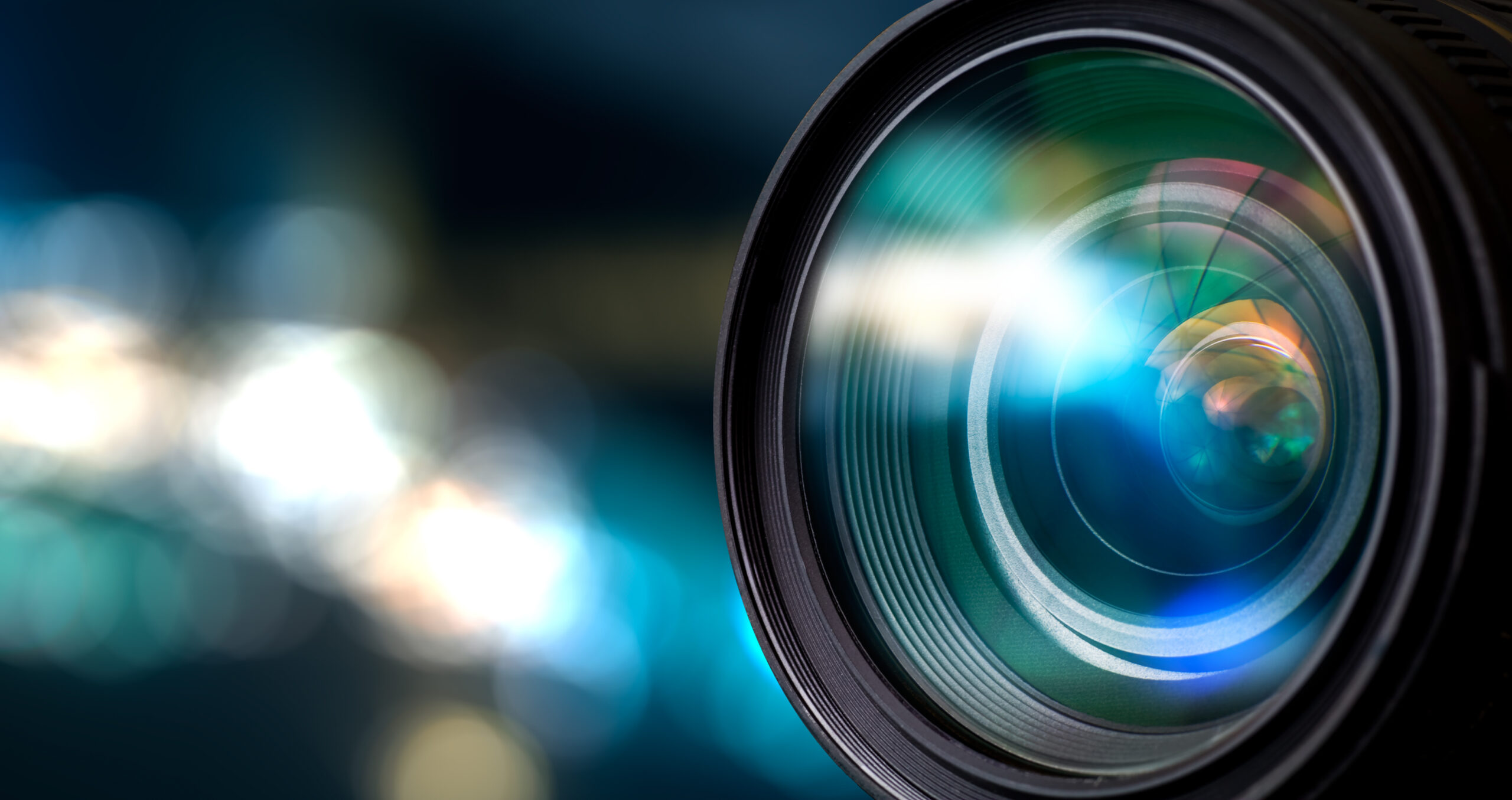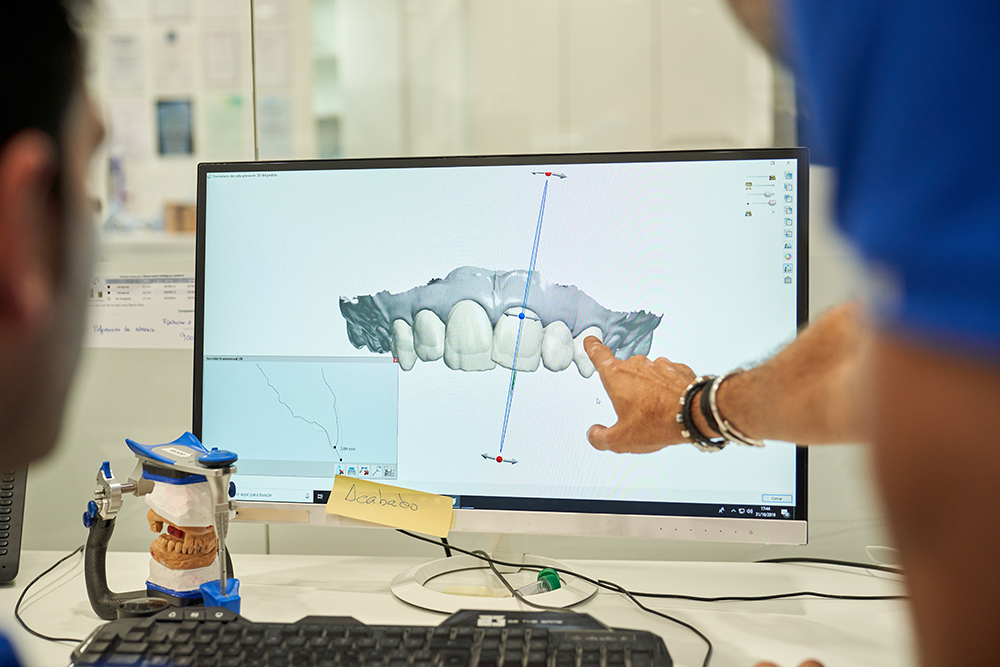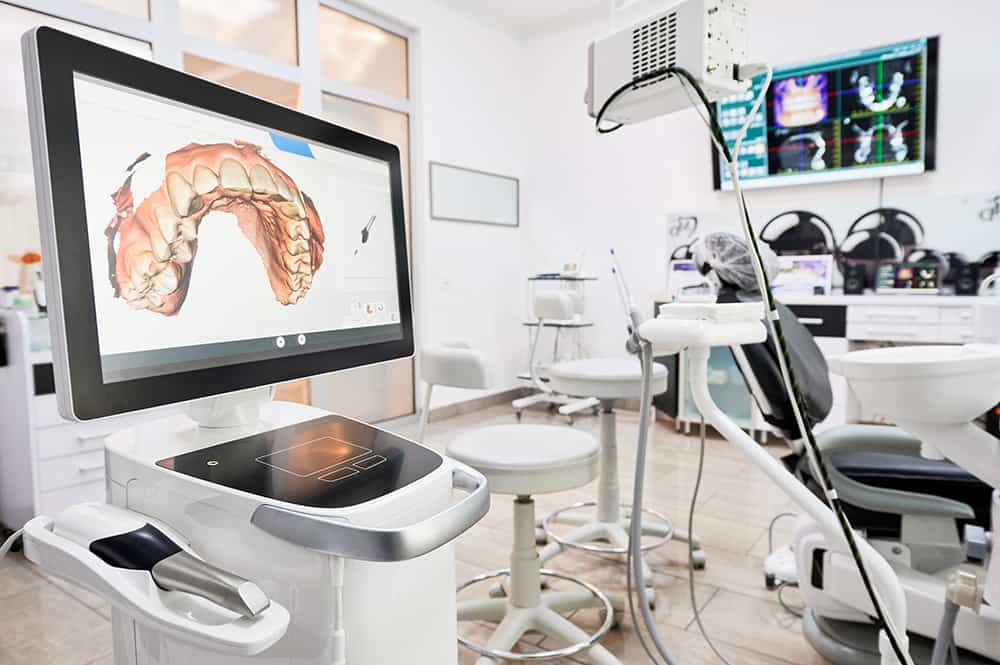Dental Photography Part 1: What Photography Equipment Should I Buy?
Charlie Ward, DDS
Whether you want to use a digital SLR camera for documentation, patient education, lab communication, making presentations at dental events, dental publications, or accreditation in the American Academy of Cosmetic Dentistry, you have choices to consider in multiple price ranges.
Dentists can spend $1,800 and get a good system for documenting cases, patient education and lab communication. Dentists can easily spend $3,800 or more on a setup to equip themselves to take higher quality images.
Camera Body: Most dentists shoot with a Nikon or Cannon DSLR camera. These are comparable brands. My experience is with Canon but my lab technician uses Nikon and gets wonderful results. I am shooting with the Canon EOS 90D. The comparable Nikon is the D7500. More entry-level models are the Nikon 3500 and the Canon Rebel T8i.
Lenses: We can get a third-party Sigma 105mm or a Tokina 105mm lens that gives us decent quality, or we can purchase the Canon 100mm or Nikon 105mm version at twice the price. When I upgraded to the finer Canon lens, I noticed a huge difference in image quality. I recommend an upgraded lens for the highest-quality images you need for accreditation.
Flashes: The ring flash is a great entry-level option and significantly less expensive but there are limitations to what you can do to control your light. I’ve been using a dual point flash for some time. I can pull a flash off and shoot from a different angle. By changing where the light is coming from, I can accentuate the angle lines for more depth and visual clarity.
Sometimes, I’ll take one of my flashes off, hold it on the opposite side of what I am shooting, and shoot the flash back into the lens of the camera. When I do this, I get an ethereal-appearing image or an image with a white background. I appreciate the versatility of using the dual point system.
For my best-looking images and portraits, I’ll use softboxes. This gives smoother, more diffuse light and a beautiful appearance. These are necessary for everyday dentistry but make a huge difference in showcasing aesthetic cases.
Consider the Long Term: When dentists invest in cameras and lenses, they typically use them for a long time. If you are on the fence about how much you want to invest, my own experience might be helpful. I honestly wish that I had upgraded sooner than I did with the Canon EOS 90D and the Canon 100mm lens. After taking photos for 12 years, the upgraded equipment has only increased the joy I have for photography and pushed me to take more pictures!
Related Course
The Intentional Hygiene Exam
DATE: September 5 2024 @ 8:00 pm - September 5 2024 @ 9:00 pmLocation: Online
CE HOURS: 1
Date: September 5, 2024 Time: 8 – 9 pm ET Speakers: Michael Rogers DDS & David Gordon DDS Description: Is your hygiene program an interruption to your day? Or is…
Learn More>










